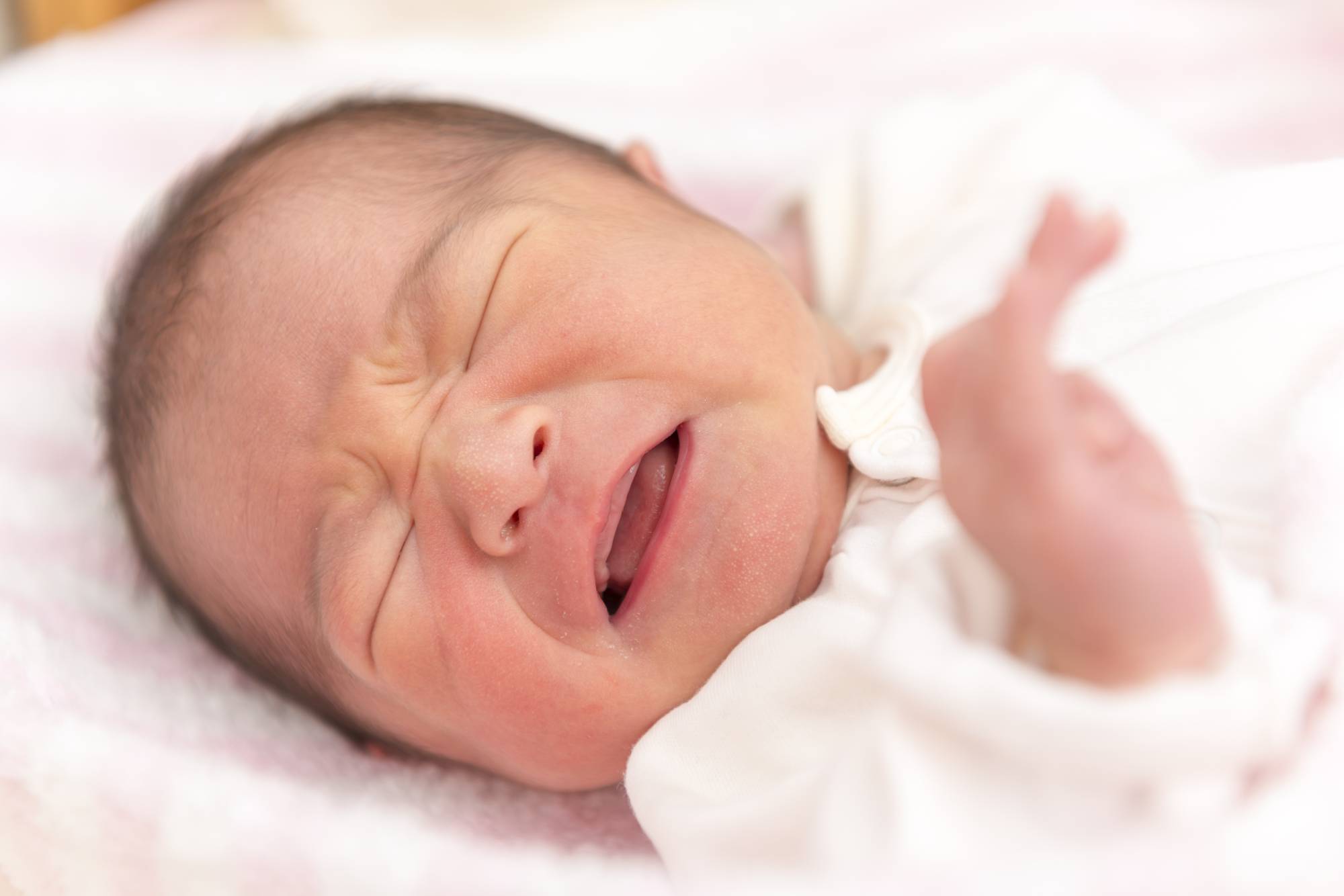The fertility rate calculated by the health ministry — 1.26 in 2022 — is a key benchmark in gauging Japan’s depopulation and comparing its progress with other countries.
But the actual birth rate is likely to be slightly lower than that, as it turns out that it is based only on Japanese nationals. That means the number of mothers used in the calculation does not include foreign mothers, while that of children includes those born to foreign women and Japanese men, as they would have Japanese citizenship.
Under its formula, the health ministry takes the total number of Japanese children born in a year — which includes those born to a Japanese and a foreign parent — and divides that by the number of Japanese women between the ages of 15 and 49.

















With your current subscription plan you can comment on stories. However, before writing your first comment, please create a display name in the Profile section of your subscriber account page.